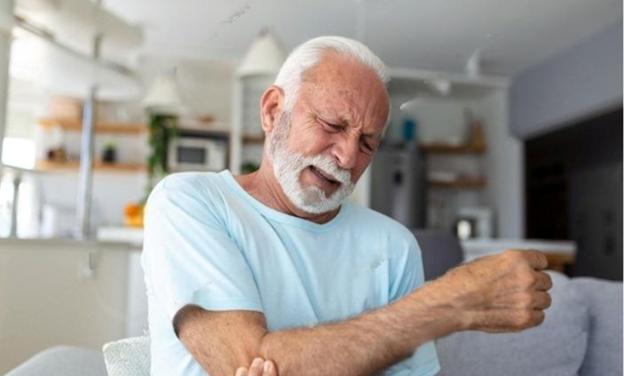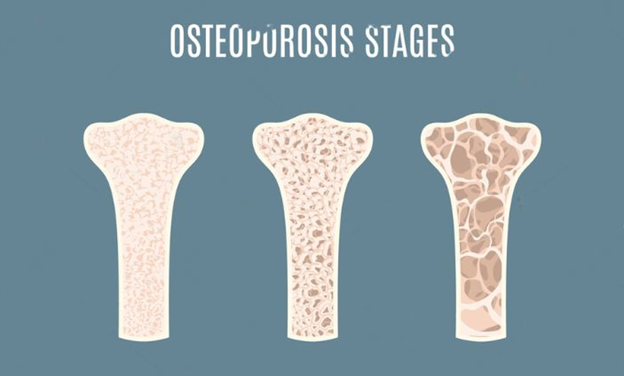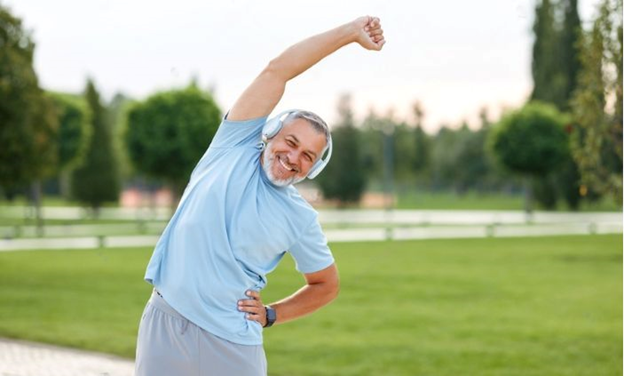Dr. rahul khanna
M.S. (ORTHO), FIASM, FIA
Specialist Joint Replacement, Arthroscopy & Sports Injury
Menu
Dr. rahul khanna
M.S. (ORTHO), FIASM, FIA
Specialist Joint Replacement, Arthroscopy & Sports Injury
Menu
Things to Know About: Geriatric Orthopedics
Maintaining ideal movement as people age gracefully becomes essential for a happy and busy lifestyle. A specialist area of medicine called geriatric orthopedics treats musculoskeletal treatment in the elderly to increase mobility and improve the overall quality of life. This blog explores typical orthopedic issues, treatment approaches, and the specific obstacles experienced by seniors.
What is Geriatric Orthopedics?
Geriatric orthopedics, also known as orthogeriatrics, is a specialized field of medicine that focuses on the diagnosis, treatment, and prevention of musculoskeletal conditions and injuries in elderly patients. This branch of orthopedics deals specifically with the unique challenges faced by older adults, such as osteoporosis, fragility fractures, arthritis, and age-related changes in bone and joint health. Geriatric orthopedic specialists are trained to provide comprehensive care tailored to the specific needs of older individuals, aiming to improve mobility, functionality, and overall quality of life.

Obstacles in Geriatric Orthopedics :
Muscle Weakness and Atrophy
As people age, their muscles gradually lose bulk and strength, which makes them more susceptible to fractures and falls.
Joint Degeneration
The degeneration of joint cartilage is a consequence of osteoarthritis, a common ailment among the aged that causes pain, stiffness, and a reduction in range of motion.
Bone Fragility
One of the most prevalent problems that elderly people confront is decreased bone density and an increased risk of fractures, particularly in disorders like osteoporosis.
Impaired Balance and Coordination
Aging can cause deficits in balance and coordination, which raises the possibility of falls and associated orthopedic injuries.
Common Orthopedic Problems in the Elderly :
Osteoarthritis
A degenerative condition of the joints that can cause pain and stiffness, especially in the knees and hips, which bear weight.
Osteoporosis
A disorder where bones weaken and become more prone to breaking, particularly in the wrists, hips, and spine.

Fractures
Older people’s bones are more brittle and are more likely to break from falls or other minor traumas.
Rotator Cuff Tears
Often occurring in the elderly, these tears compromise the stability and functionality of the shoulder, resulting in discomfort and a restricted range of motion.
Geriatric Orthopedic Treatment Approaches :
Conservative Measures
The initial line of treatment for orthopedic problems in the elderly is frequently non-surgical methods such as physical therapy, pain management, and lifestyle changes.
Medication
To treat osteoporosis and control symptoms, doctors may prescribe anti-inflammatory medicines, painkillers, and osteoporosis medications.
Joint Injections
To relieve pain and enhance function in osteoarthritis patients, steroid or hyaluronic acid injections may be injected directly into the affected joint.
Orthopedic Surgery
When conservative approaches fail, surgical interventions such as joint replacement surgeries for severe arthritis or fracture repair may be advised.
Improving Mobility to Improve Life Quality :
Exercise & Physical Activity
Customized workouts stressing balance, strength, and flexibility can greatly increase the range of motion and lower the chance of falling.

Assistive Equipment
Walkers, canes, and other assistive equipment give seniors stability and assistance to remain independent and safely navigate their environment.
Nutrition and Bone Health
A sufficient diet of calcium and vitamin D is essential to maintain bone density and avoid fractures. Wholesome nutrition is beneficial to musculoskeletal treatment health.
Fall Prevention Techniques
Changing the décor in the house, dressing appropriately, and getting regular eye exams all help lower the chance of falling.
Senior Empowerment: Success Stories
Meet 80-year-old Radha ji, who suffers from crippling arthritis in her knees. She was able to walk and resume her regular activities after her pain was significantly reduced with a combination of physical therapy and medication.
Promoting Older People's Mobility
Geriatric orthopedics is essential for promoting older people’s mobility and enhancing their quality of life. A comprehensive and individualized approach to treating musculoskeletal treatment disorders can enable healthcare practitioners to enable elders to remain active, satisfying lives. To promote a pleasant and flexible transition into old age, older adults who have orthopedic difficulties must get a prompt medical evaluation, consider the available treatment choices, and implement preventive measures.
“Dr. Rahul Khanna can help you to recover your ability to move. Make an appointment right now for knowledgeable geriatric orthopedic treatment and an active lifestyle.” and implement preventive measures
Emergency?
24 Hour Ready
Call Us for Emergency
+91-9828501360
Book an Appointment
Seamless Fitness Care Access: Booking an Appointment with Your
Trusted Doctor